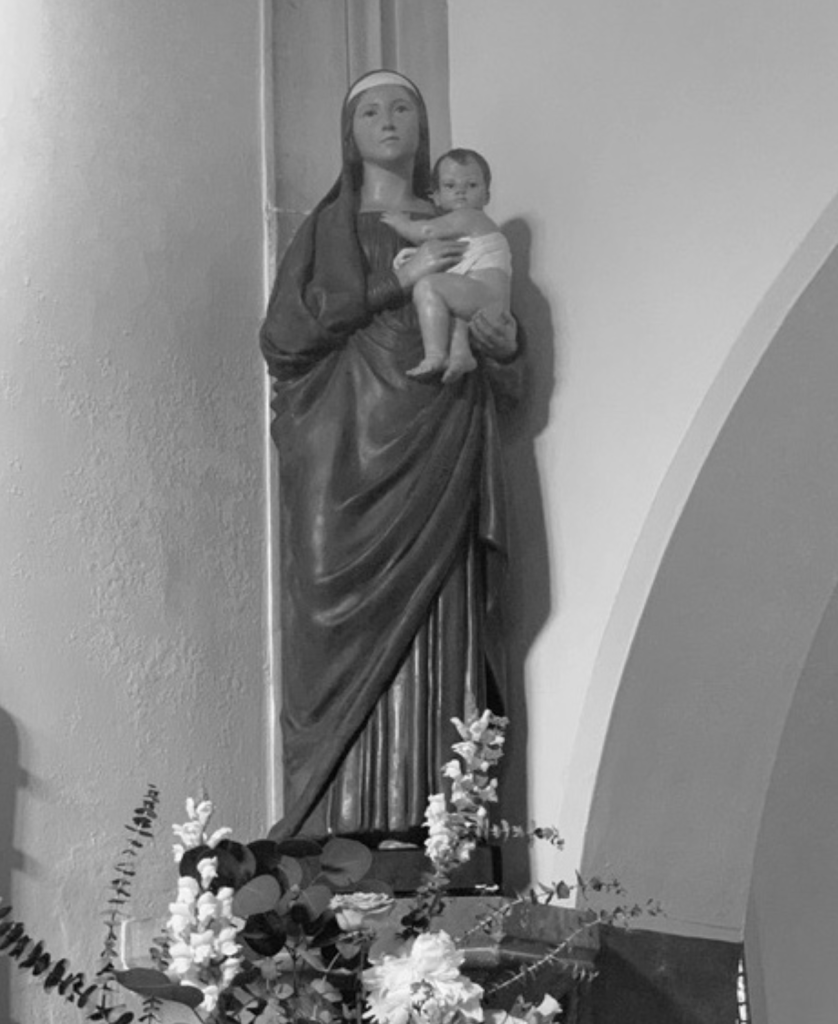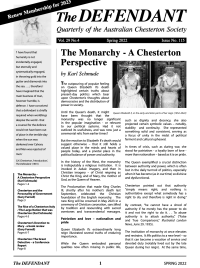In Christendom in Dublin (1933), the second of two books Chesterton wrote on Ireland, he recalls a story he heard long ago in Donegal.
It told of a meeting in the rocky wastes with a beautiful peasant woman carrying a child, who, on being asked her name, answered simply:
“I am the Mother of God, and this is Himself, and He is the boy you will all be wanting at the last.”
Chesterton thought of this story while looking for a statue of the Virgin Mary for his new local church in Beaconsfield. He visited a shop in London where he was shown a range of beautiful and expensive examples which were not to his liking.
He then accompanied the proprietor upstairs to a store-room where he was struck by a particular Marian statue that had only just been unpacked. “[S]he was standing there,” he wrote, “amid planks and shavings and sawdust, as she stood in the carpenter’s shop in Nazareth.”
The proprietor said that it had just arrived from Ireland; but, even without being told, Chesterton recognised it as unmistakably Irish – in its blend of simplicity and sublime majesty.

He bought the statue, which still stands in the church in Beaconsfield, on a high pedestal to the right of the altar. He realised it would have wider appeal. He remembered one man he knew who often walked a great distance out of his way to visit the church – and gaze at the image.
Chesterton himself always associated this image of Mary with the Donegal legend:
“She looks across the little church with an intense earnestness in which there is something of endless youth; and I have sometimes started, as if I had actually heard the words spoken across that emptiness:
‘I am the Mother of God and this is Himself, and He is the boy you will all be wanting at the last.’”
The statue that Chesterton purchased is pictured in a travel diary by Brandon Vogt, who is a bestselling author and Senior Publishing Director for Bishop Robert Barron’s Word on Fire. In the entry under “G.K. Chesterton” is an image of the statue of Mary in St. Teresa’s Church in Beaconsfield.
